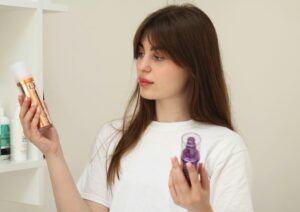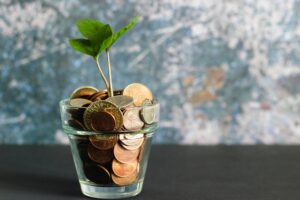
Why Honest Labeling Matters More Than Ever in Personal Care
Why Honest Labeling Matters More Than Ever in Personal Care In an increasingly eco-conscious world, trust is everything, especially when it comes to

In an increasingly eco-conscious world, trust is everything, especially when it comes to personal care products. New research from NielsenIQ confirms what many in the industry have suspected: consumers are paying close attention to what’s on the label, and it’s influencing their buying decisions in powerful ways.
The data, pulled from NielsenIQ’s 2024 Green Gauge NIQ Consumer Life study, found that over 69% of consumers trust the claims printed on product packaging and in advertisements. This level of trust places a critical responsibility on brands to be factual and transparent in their messaging. For personal care products, labels are considered the most reliable source of environmental information, followed by online reviews and word-of-mouth from friends and family.
This shift underscores a key trend: consumers want to make informed choices, and they’re using the type of packaging and the information contained on it as a primary differentiating factor at the point of purchase.
However, the terms brands use to demonstrate their environmental factors are also important. Included within the top five claims that drive purchasing decisions are, “recyclable packaging” and “environmentally friendly production processes.” According to their research, these phrases resonate more than traditional green buzzwords such as “Biodegradable” and “Plastic Free” which are losing traction, perhaps due to consumer skepticism or confusion around what these terms truly mean in practice.
For brands in the personal care space, transparency is not optional but expected. Factual, clearly explained environmental claims on your labels and packaging are not just good ethics, they’re good business. Consumers are doing their homework, and the label on your product is often their first and most trusted point of reference.
Now more than ever, brands must shift away from vague promises to verifiable impact. Backing up claims with certifications, using straightforward language, and prioritizing sustainable packaging can make the difference between success and being left behind.

Why Honest Labeling Matters More Than Ever in Personal Care In an increasingly eco-conscious world, trust is everything, especially when it comes to

Tariffs Result in Increased Packaging Costs With the newly imposed tariffs, knowing how they may affect your business in the United States is

Insights on Extended Producer Responsibility (EPR) Regulations for Packaging As a member of IBA (Independent Beauty Association), I had the pleasure of sitting

The Importance of Product Kits and Samples in the Beauty Industry Sample kits containing mini-versions of larger-sized products have increased in popularity over

Sustainability Expectations and Brand Loyalty in the Beauty Industry Over the past year, consumers have become more aware of the negative impacts their

Sustainable Packaging Trends That Result in Sales Growth Last month, Knockout attended a webinar organized by Beauty Packaging that featured insights and discussions
Proudly sourcing and manufacturing in the USA and Canada
Toll Free – 1-833-236-1632
Copyright © 2023 Knockout Sustainable Packaging Solutions